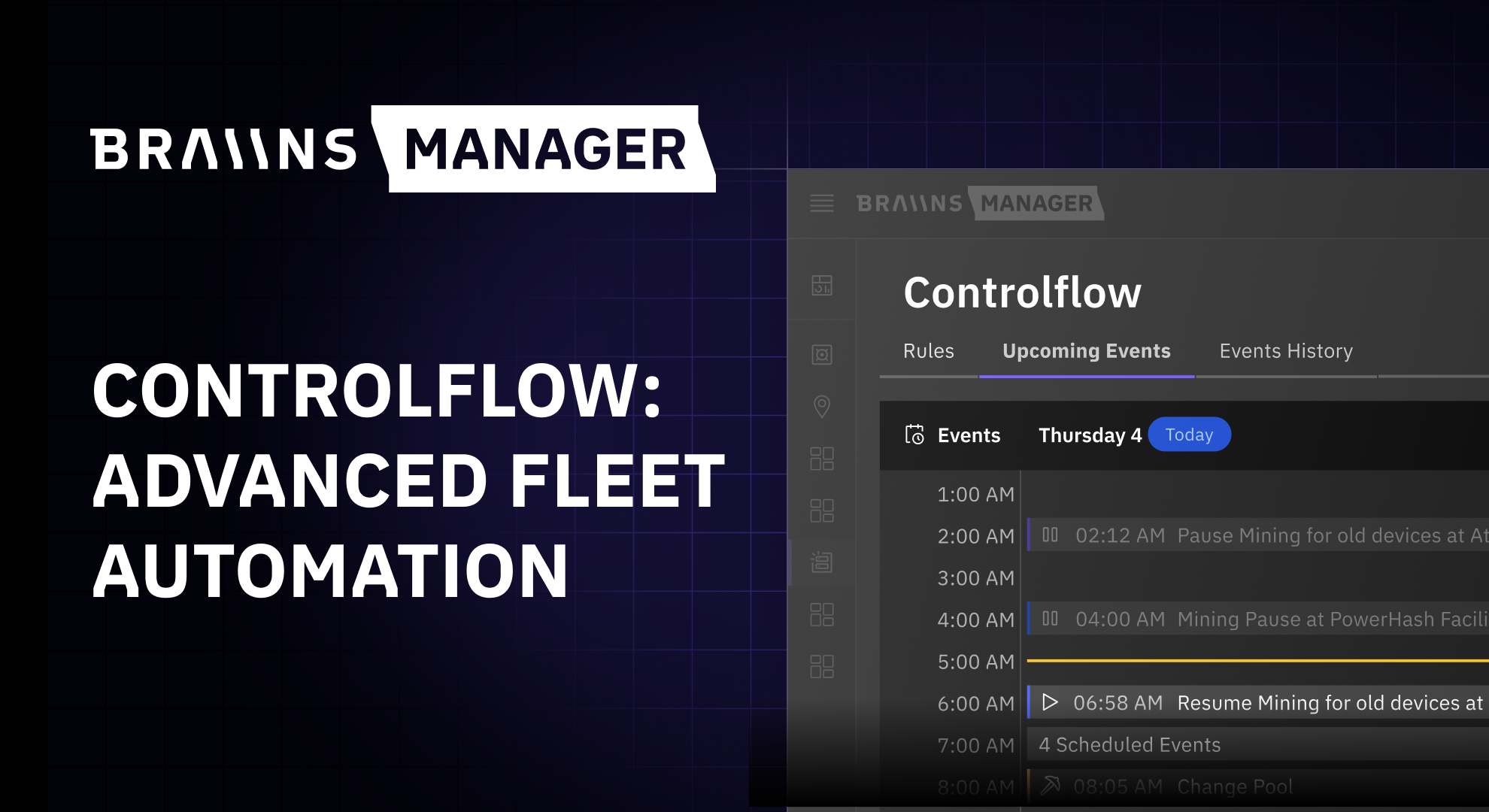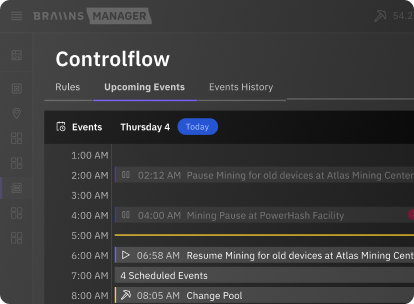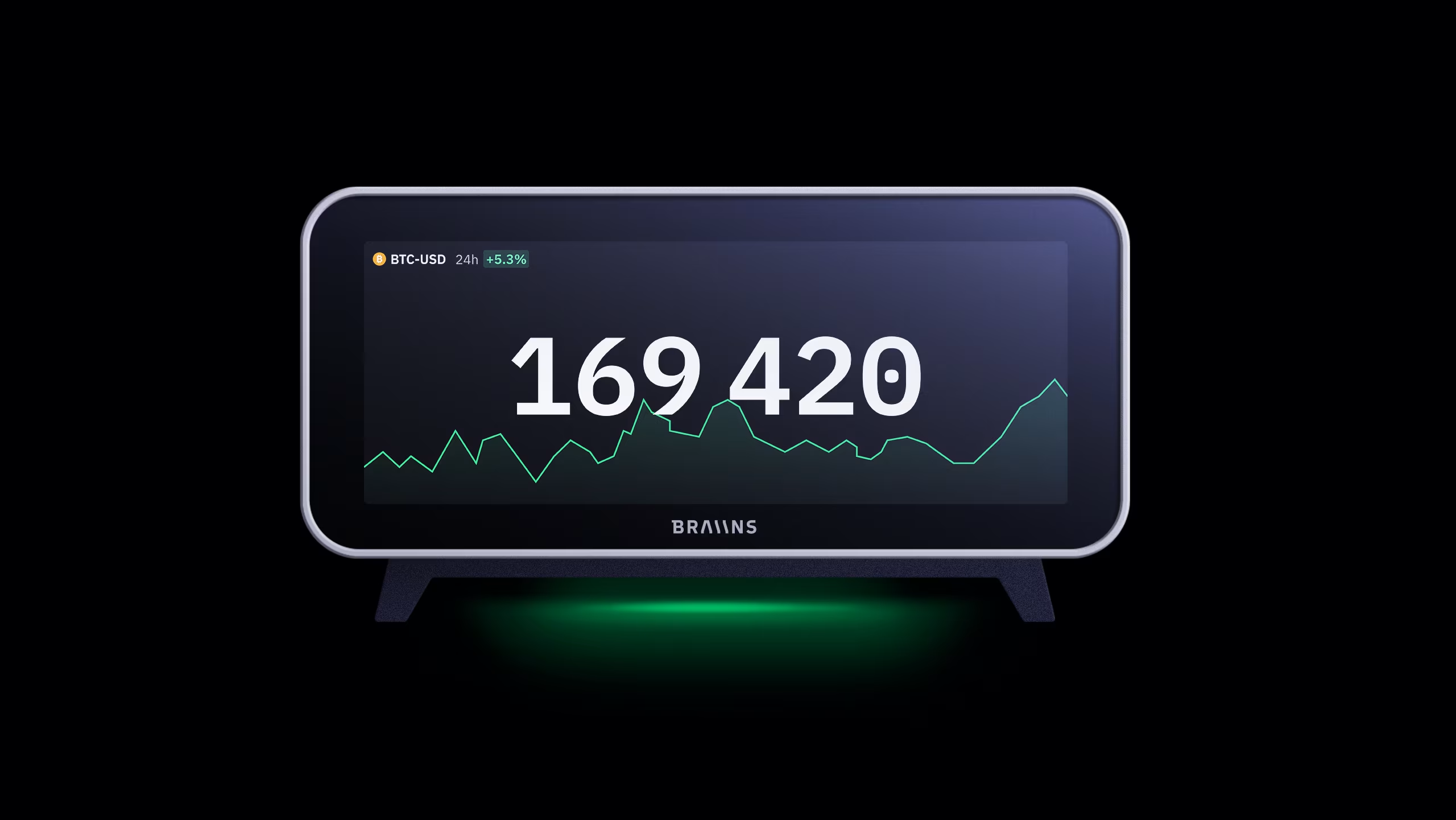ASICs Optimized for Heat, not Efficiency, will Decentralize Mining
Published
24.4.2024
Discover how new chip designs could shift bitcoin mining toward heat recovery or peak efficiency.

Table of Contents
Bitcoin ASIC Design Intents
Since bitcoin’s inception, mining hardware has had two main focus areas of development. First came the emphasis on maximizing the total hash rate of individual mining machines, followed by efforts to increase overall hashing efficiency.
In 2010, there was a significant leap in hashing performance from the initial CPU miners to GPU mining hardware. As a result of the increased hash rate of GPU mining, difficulty quickly increased. By 2011, the large leap in difficulty resulted in the application of a new type of mining hardware, the Field Programmable Gate Array (FPGA). With FPGAs came the ability to optimize reprogrammable hardware specifically for bitcoin mining logic, drastically improving efficiency. FPGAs marked a focus shift in design intention, from maximum hash to efficiency.
This improvement in efficiency resulted in more hashrate for a fixed power consumption. FPGA miners, however, were short-lived, serving only to bridge the gap from general purpose computing hardware like CPU and GPUs, to the more specialized Application Specific Integrated Circuits (ASICs), which first arrived in 2013.

ASIC chips were orders of magnitude more efficient than FPGAs due to their optimization at the silicon level for hashrate and efficiency. They revolutionized the mining industry by providing enormous efficiency and hash rate improvements, with the trade-off being non-upgradable, fixed circuitry that only performs one function. This dedicated logic hardware, designed from the ground up to hash, became the preferred method for bitcoin mining.

Since 2013, there have been many generations of ASICs. Each new hardware release improved on the two design intents - higher total hash rate, and higher efficiency. Each generational performance leap, however, is not the same. In recent years, we have seen diminishing improvements of ASIC efficiency specifically. This is a natural part of technological development. As we approach physical limits on the silicon level, design optimization matures.
There is one aspect of bitcoin mining hardware that has remained relatively constant over 15 years of generational improvements: ASIC chip operating temperature. ASICs, like any other computer chip, heat up as electricity flows through them to compute logic operations. This heat energy, if captured properly, can be used to perform useful work and in heating applications. People already heat things like homes and hot tubs with the help of ASICs. It is generally understood that computer chips are more efficient, and have longer lifespans when they are kept adequately cooled, but recent generations of general purpose silicone have shown high performance in excess of 100°C (212°F) at full load.
ASICs, on the other hand, tend to thermal throttle above 80°C, severely limiting hashrate and efficiency. This discrepancy indicates large room for improvement and optimization for ASICs designed to run at higher operating temperatures. But why would manufacturers design ASICs to run at higher temperatures in the first place? Don’t miners focus heavily on rejecting heat to keep their machines running as cool and reliable as possible? Well, it depends on the use case application of the miners.
Hashing and Heat at Different Scales
For large-scale mining operations, sites with thousands of machines and megawatts of mining power must reject heat as efficiently as possible. They want to maximize hashrate efficiency to increase profits and do not care about the exhausted heat energy. There is a whole industry dedicated to this–many companies build immersion, air-cooled, and hydro direct-chip cooling systems.

On the other end of the spectrum are small-scale miners, ranging from hundreds of Watts to hundreds of Kilowatts. Many homes and businesses use bitcoin miners to provide heat to their environment. Here, they are using the mining hardware more effectively, treating both the heat and hashrate of the miner as products. These are entirely different use cases. One side of the industry wants maximum hashrate for a given power consumption, and the other wants to heat an environment with a resistive heater that subsidizes power costs through the rewarded bitcoin that they mine.
Because heat is valuable for small-scale miners, marginal improvements in hashing efficiency are less important. Maintaining a desired setpoint and high temperature output from the miner is equally, if not more important, than industry-leading efficiency. As a result, I expect increased operating temperature to be a third design intent of ASIC chips, specifically for miner integration in heat reuse applications.
A Fork in ASIC Optimization
What I’m describing here is a bifurcation in design intent of ASIC chips moving forward. Large mining operations typically have the benefit of cheaper energy costs in remote locations. They are criticized, however, as bad for decentralization. Ideally, global hashrate is physically distributed. But small-scale miners in densely populated areas have higher energy costs. Leveraging miners for practical heating applications provides an extra motivation to mine, independent of energy costs, thereby encouraging the physical decentralization of the hashrate. ASICs can subsidize sunk heating costs and reduce total energy bills. The economics do not solely rely on profitable bitcoin mining rewards.
Higher chip operating temperatures result in a larger temperature difference between the miner and the surrounding environment, and larger temperature differentials are more useful for transferring heat energy. When heat is treated as a product, increased chip operating temperature opens the door for more use case applications of miner resistive heating such as boilers or even evaporative refrigeration loops.

New-generation ASICs are expensive. It is very costly to remain at the forefront of hashing efficiency. For large-scale mines, this capital expense is typically financed, and the math works out in their favor to return a profit on their investment, given their cheap energy costs. Small-scale miners behave differently. Those who reuse heat are already retrofitting machines that are a few generations old to keep their systems economical. In this sense, they indicate that they value heat output over highest efficiency, and are modifying and repurposing industrial hardware to take advantage of it.
I run an Antminer S9 in my home, downclocked and enclosed in a CryptoCloaks case to make it look nice. I don’t do this because it’s efficient, nor do I have cheap enough electricity to mine profitably. The setup certainly wasn’t as simple as paying my nat-gas heating bill. I purchased this machine and value it solely for the purpose of heating my room with subsidized electricity costs. It is cheaper to operate than a traditional resistive space heater. Moreover, oftentimes just replacing a traditional natural gas or propane heating system with efficient electric heat can lower energy costs. The subsidized, non-KYC bitcoin that is mined is an added benefit. Because of these differences in incentives and application, It makes sense for ASIC chip design to split off into two focus directions:
- Optimal Efficiency, Peak Hash Density: Cutting edge ASICs that target maximum hashrate and efficiency. Lower operating temperature, as the heat is disregarded.
- High Chip Operating Temperature: ASICs designed to target increased operating temperatures whilst maintaining longevity. Offering competitive, but not leading, hashrate and efficiency. Developed from the ground up for heat system integration.
A valuable, untapped market exists for mining focused on heat reuse applications. Heat energy is essential to our modern way of life, spanning from residential to industrial uses across various scales. Bitcoin miners present a unique advantage by supplying heat with a subsidy to their energy consumption. Increasing the operating temperature of chips opens up additional possibilities for more effective heating applications, while maintaining the mining reward subsidy.
Ground Up Design Integration
A focus on ASIC silicone optimization for higher operating temperature as described, means leaning away from the current standard of ASIC design and manufacturing. An opportunity exists for manufacturers to design chips from the ground up for heat reuse, with more open-source designs suited for integration into home and business applications.
There are two main manufacturers that make up the majority of ASIC market share, Bitmain and MicroBT. These machines are industrial in design, with sharp aluminum extruded enclosures, loud high-speed fans, and closed-source hash board and chip architectures. As a result, current small-scale miners are modifying and retrofitting industrial hardware for non-industrial heating applications. Air-cooled machines typically have their fans swapped for quieter ones, and their power draw reduced to ensure noise levels are acceptable for the intended environment.

Keeping the machines cool via immersion tanks eliminates noise, but requires a tank for the immersion fluid, and a heat exchanger to transfer the heat energy away. New generation hydro machines, where water directly cools the ASIC through contact with the chip, are quiet, yet expensive, and like immersion, require heat exchangers and pumps to transfer heat. All of these current offerings require extensive infrastructure or trade-offs for successful miner heating applications, and cannot heat the working fluid much above 80°C.
The closed-source nature of industry-leading hardware makes it challenging to design simple integrated systems for miner heating in home and business applications. There are a handful of small companies working to develop integrated chips and hashboards that operate at higher temperatures, however, most mining for heat projects just buy used machines to rip out the hashboards and install them into purpose-built hardware for heat reuse.
Development of ASIC chips and hash boards, specifically engineered for increased operating temperature and system integration, will open up greater possibilities and incentives to mine for heat reuse at an affordable cost. Through collaborative open-source initiatives and the concerted efforts by dedicated chip architecture teams, it is possible to pool resources and expertise to develop ASICs optimized for heat reuse applications and reliability at high temperatures.
This is a necessary step to increase widespread adoption of small-scale mining and decentralization of the global hash rate. ASICs designed for higher operating temperatures offer more value to small-scale miners that can take advantage of the waste heat than industry-leading efficiency. Integration-friendly chip architectures will help further increase development of turnkey heating solutions powered by bitcoin mining. On the other end of the spectrum, industrial ASICs designed for maximum hashrate and efficiency offer more value to large-scale mining operations that cannot as easily monetize the waste heat energy. Over the coming years, as more ASIC manufacturers come to market, expect to see increased chip temperature and heating to be a selling point of their design.
THANK YOU TYLER
Tyler Stevens, a former rocket scientist, has shifted his focus toward bitcoin mining and better energy use. It's not rocket science. It's bitcoin mining.

We are thrilled to have him contribute to Braiins Blog and look forward to more pieces in the future.
Follow Tyler on X @tylerkstevens and find more info on his website.
Become a PUBLISHED AUTHOR with Braiins
We are looking for the best and brightest paid external contributors for the blog. Send us a direct message us on X with your ideas and become a published author—our top content might make it in our next book.

Categories
Be the first to know!
Read Privacy Policy.
Most Recent Articles
.png)
The Best Bitcoin Conferences & Events of 2026
29.12.2025

Introducing Controlflow: Advanced Automation in Braiins Manager
9.12.2025



